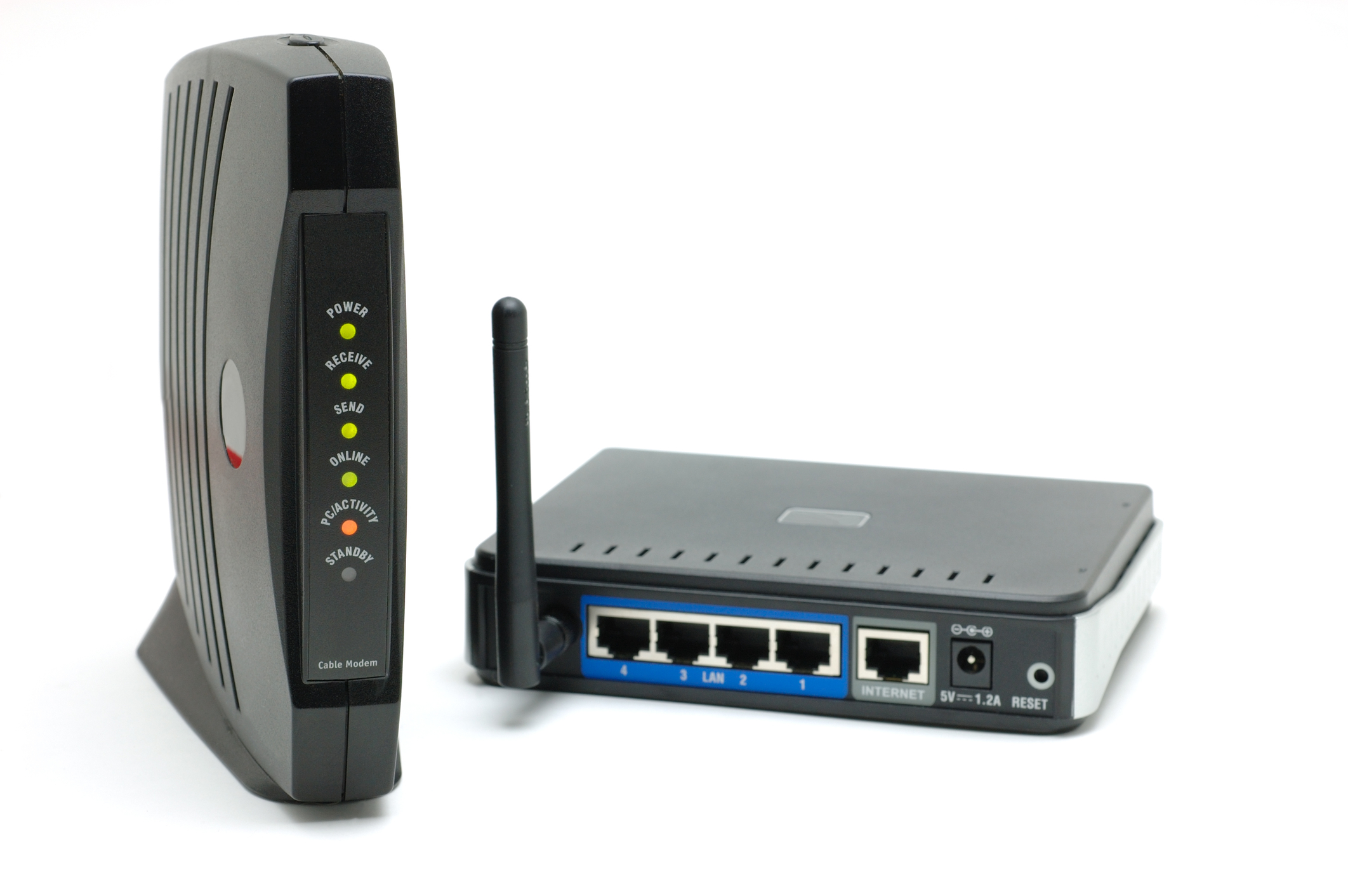Old Routers are Putting Your Business at Risk
In the UK, a consumer watchdog report showed that many old routers – including models still being supplied by ISPs – were major security risks, affecting around 7.5 million people. Oops. And this isn’t just a problem for UK consumers and businesses; it’s a global issue. The fact is that if you are running your network on an old router, you’re offering up a treasure trove to hackers. Here’s some insight into the issue and how to fix it.
What’s the Problem?
There are two main problems with old routers, especially those that are handed out by ISPs. Firstly, these are very basic models – after all, you’re getting it for free – and have limited security as a result. Secondly, everyone is getting the same router and thousands are handed out with new accounts each year, which means that once a compromise is found in one unit, it can be applied to everyone else’s, making them a key target for hacking.
Of course, we’re talking about consumer routers here. But with more people working remotely and more companies taking advantage of workplace flexibility programs, these routers have become a weak link in your organisation’s network.
How to Make a Router More Secure
Companies need to come up with a policy for remote workers that helps protect their Wi-Fi network to give their personal and work devices effective security against cyberattacks. As soon as a work laptop is used cloud application is opened on an unsecured router, your business network and data become vulnerable. Here’s what to do.
- Upgrade your routers – Any router that is connected to a work device or network should be suitable for small businesses. Routers like the Asus RT-AC66U B1, Netgear Nighthawk X10, D-Link AC2600, or Asus RT-AX88U are all good choices, helping to boost network performance and security at the same time.
- Change the default configuration – Boxed routers are ready to plug in and go, but these default settings don’t offer much in the way of security. Some even have the same password. Take the time to go through the router settings and change your router name (SSID) and create a strong, secure password. You can also hide your router to make it undetectable.
- Turn on updates – As with your computer, apps, and smartphone, software updates are critical. These do increase functionality and fix bugs, but their main role is to roll out patches that make your router more secure as technology and threats affect them. It’s best to check for updates every week or turn auto-updates on if possible.
- Encryption – Activate encryption if your router supports it. Currently, only the newest routers support WPA3 encryption, but many models support the still-effective WPA2 encryption standard.
At Otto, we help businesses to protect data effectively while allowing you to use it efficiently, shielding client data and sensitive information from hackers and malware while helping you collect operational data to improve processes, customer service, and more. Chat to our team today for IT security that works.



